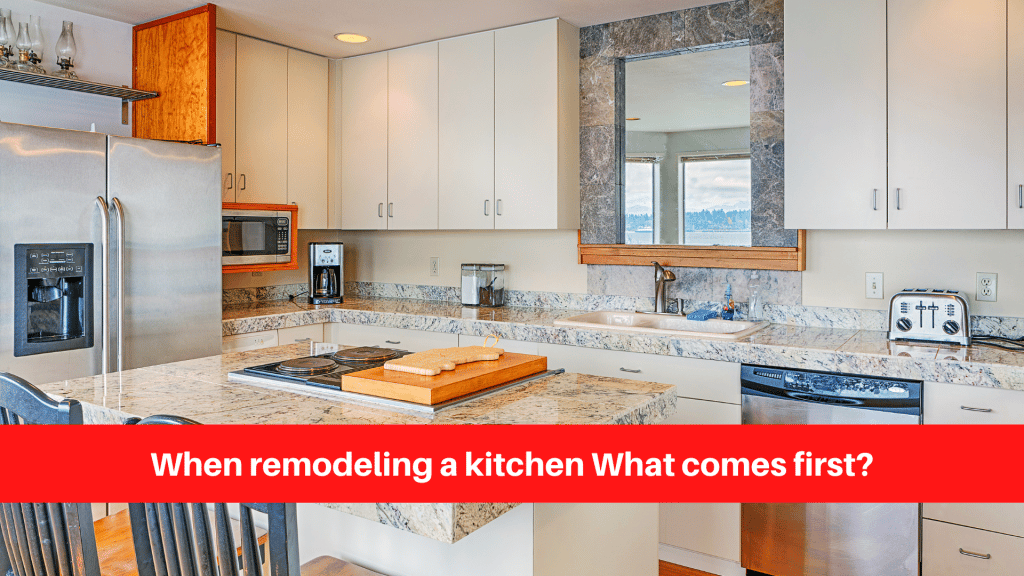
When remodeling a kitchen What comes first?
The First Step in Kitchen Remodeling: Demolition
Tear-out and demolition are the first steps in any kitchen remodel. Before you can start creating a beautiful new space, you must first demolish and discard what is outdated or worn out. This is the time to remove anything you do not want to keep, such as walls, cabinetry, flooring, and fixtures.
This procedure can assist you in creating more space, expanding your storage options, and designing a more functional layout.
How to Construct a Kitchen
The first step in any kitchen remodeling project is to tear it down and start over. This will free up space and allow you to reconsider the layout and design of your new kitchen.
If you’re thinking about a traditional kitchen remodel, start by drawing out your ideas on paper. Consider the size of your space, the appliances you want, and the layout of your cabinets and countertops. Once you’ve decided what you want, start gathering materials and tearing things down.
Remove all cabinets and appliances before beginning demolition to avoid damaging or destroying them. These items can be stored in a garage or attic until your new kitchen is completed.
After removing the cabinets and appliances, make sure to thoroughly clean the area before beginning construction. This includes cleaning up any debris on the walls and floors, scraping off old paint or wallpaper, and cleaning up any oil or grease spills.
Begin by constructing a temporary wall out of plywood sheets until you can obtain permits for permanent construction. Then, on top of the plywood wall, draw your new floor plan and begin marking where the cabinets will go. Consider countertop placement as well; select one that complements your existing décor.
Once the cabinet placement is complete, begin construction by installing baseboards, trim, doors, knobs, hinges, and so on. After you’ve finished everything, stain or seal the wood.
If you’re planning a kitchen remodel, you should start by tearing down and removing any old cabinets and appliances. You’ll be making room for the new countertops, flooring, and walls that your contractor will install during the renovation. This will not only save you time and money in the long run, but it will also provide your contractor with an accurate idea of what needs to be installed to create a seamless finish.